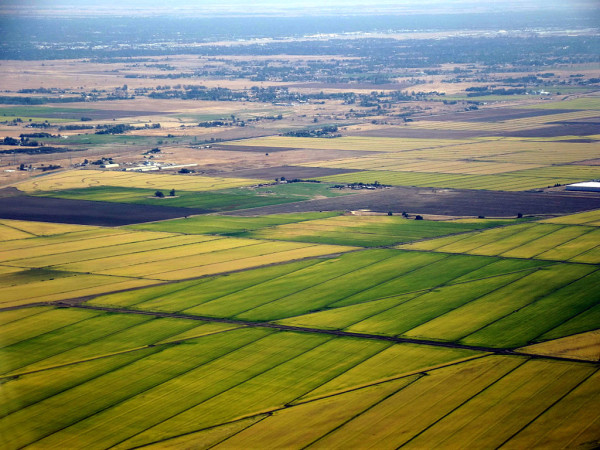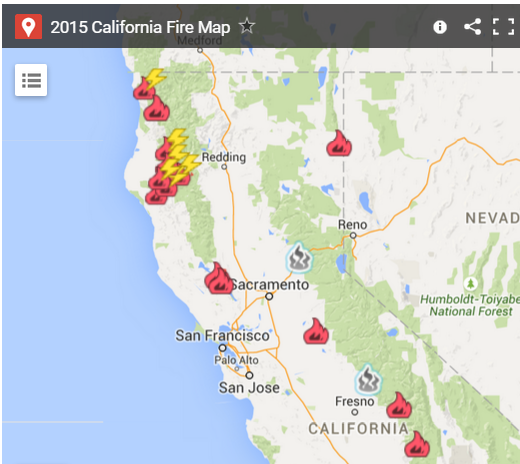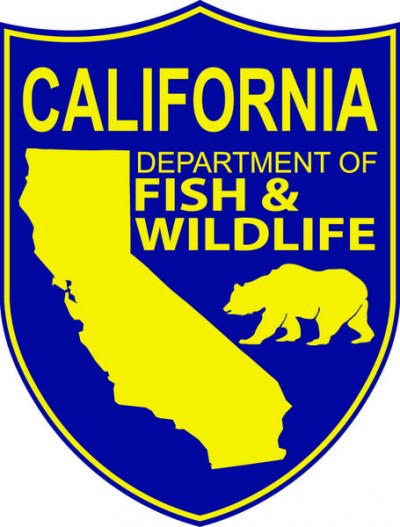California, Salmon And Rice Fields

Really interesting read by Yale Enviornment 360 on the growing process of flooding Central California rice fields to rear what is becoming a drought-threatening population of Pacific salmon.
Here’s an excerpt from writer Jacques Leslie:
In 2012 Cal Marsh & Farm Ventures and the scientists joined forces in the Nigiri Project, named after a kind of sushi because both combine rice and fish, to use rice fields to promote salmon restoration. The scientists have since compiled persuasive evidence that salmon benefit greatly by lingering in flooded rice fields, while Johnson has started another enterprise that uses rice fields to grow forage fish for protein.
The salmon project is likely within a year or two of overcoming the last bureaucratic obstacles keeping it from operating as a government-sanctioned method of mitigating environmental harm. Though less-developed, the forage fish venture offers the prospect of global impact by taking pressure off of wild fish stocks. Both projects suggest the rising influence of “reconciliation ecology,” which argues for the reconfiguration of human-dominated landscapes to include other species as the only way left to sustain most ecosystems.
Two centuries ago the Central Valley was largely a marshy wetland. When the Sacramento River flooded, juvenile salmon beginning their journey downstream to the ocean were cast onto its floodplain, where they stayed for months, fattening themselves on plankton and insects that were part of the floodplain’s biological cornucopia. But the construction of ever-higher levees in the 19th century, vividly described in Robert Kelley’s 1989 classic
Sacramento River history,Battling the Inland Sea, separated the Sacramento from its floodplain.
The result was that salmon were hurtled down the river’s main channel, reaching the Sacramento-San Joaquin River delta and the Pacific Ocean too early, when they were underweight and unprepared for predators. Combined with dams, gold mining, and water diversions for agriculture and municipal consumption, the river’s isolation from the floodplain has reduced three of the Sacramento’s four salmon runs to endangered levels.
Southeast Asians have raised fish in rice fields for many centuries, but they do it while the rice is growing, using fish suited to the paddy water’s warm temperatures. What distinguished Johnson’s idea from the traditional Asian practice was that he wanted to grow salmon in the winter, after rice was harvested and water temperatures were low enough for salmon. This wasn’t even possible until the early 1990s, when California’s clean air laws placed tight restrictions on burning rice straw, the farmers’ preferred method of eliminating rice residue.
Whenever the terms salmon and farming, bells and whistles seem to go off, but the bottom line is, California’s salmon are struggling and I’m all for solutions to help these remarkable fish. But let’s take a wait-and-see approach.



